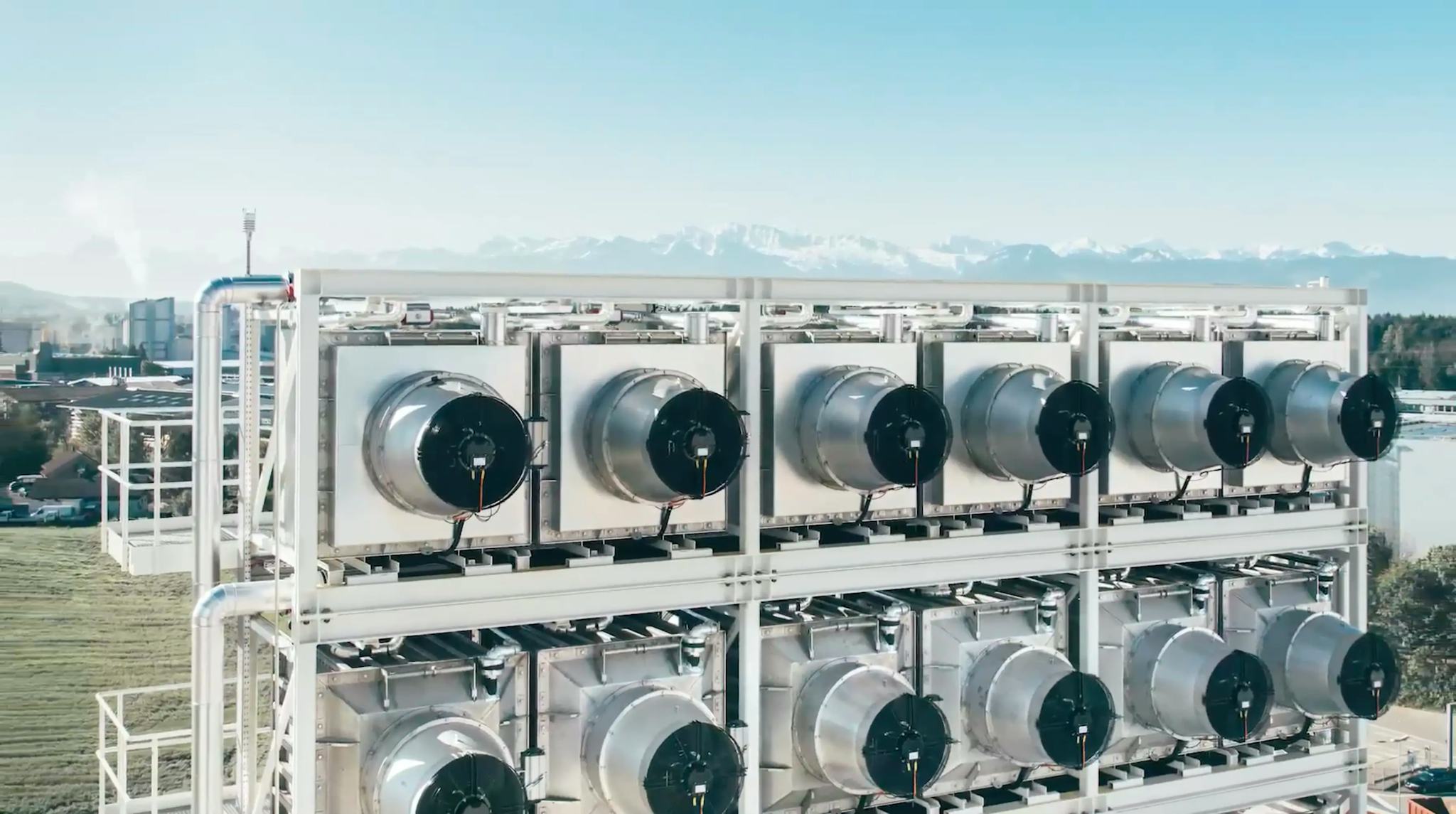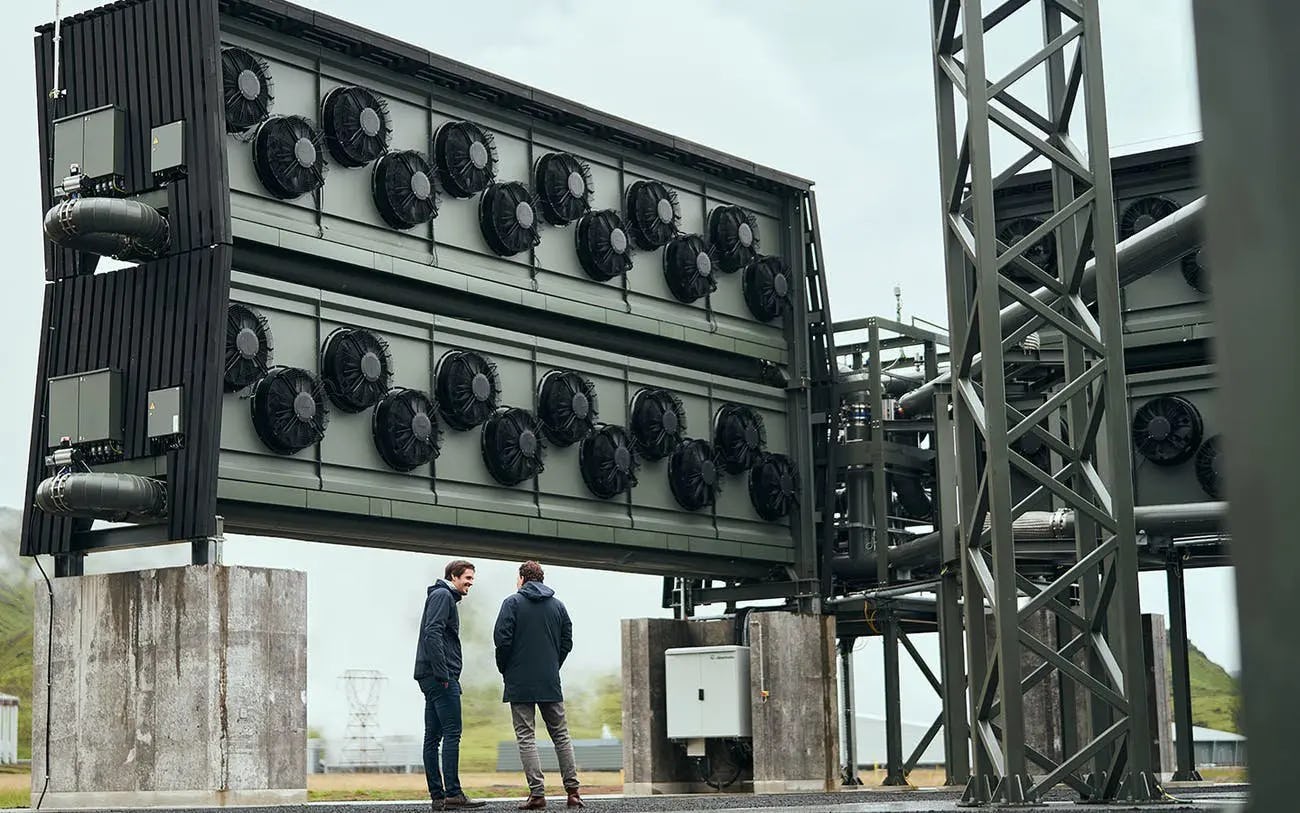Direct Air Capture (DAC) is a technology that quite literally captures carbon dioxide (CO2) directly from ambient air. While trees have been doing this naturally for millions of years, DAC seeks to accelerate this process with a mechanical twist, creating a proactive solution to our CO2 problem.
How does DAC work?
DAC uses engineered chemical reactions to selectively remove CO2 from the air. Let's break it down step by step:
Ambient air is drawn into a DAC plant with large fans and passed over a chemical solution known as a "sorbent."
The sorbent binds to the CO2 molecules in the air, essentially "capturing" the carbon.
The CO2-rich sorbent is then heated to release pure CO2 gas, ready to be stored or used for other applications.
The sorbent is recycled and reused in the capture process.
So, just like that, CO2 is pulled straight out of the air!
Who’s Leading the Charge in DAC?
Several companies have entered the race to perfect DAC technology, and here are some of the pioneers in the field:

Climeworks is a Swiss company that builds machines capturing CO2 from the air. Their DAC units are modular and scalable and can be seen in operations from Iceland to Italy, capturing carbon for storage or resale for commercial uses like sparkling water or greenhouse farming.

Based in Canada, Carbon Engineering has developed a DAC technology that captures CO2 and converts it into clean, carbon-neutral fuels. Their approach combines DAC with renewable energy to create a sustainable, circular solution.

Global Thermostat's DAC technology captures CO2 for reuse in various commercial applications, from carbonated beverages to plastics. They envision a future where we don't just reduce CO2 emissions but transform them into valuable products.
The Takeaway
Direct Air Capture is a futuristic yet very real technology that adds another tool to our fight against climate change. It presents a proactive approach to reducing and reversing our emissions. It's all part of our evolving relationship with our planet.
Want to read more?
Check out some of our other case studies
Capturing the Future: An Insight into Carbon Capture and Removal
Carbon Capture and Removal is like a vacuum cleaner, sucking up carbon dioxide (CO2), the main culprit behind global warming, right out of our atmosphere.
A Deeper Dive into Post-Combustion Capture
Post-Combustion Capture, as the name suggests, is all about dealing with carbon emissions after combustion – after the fuel has been burned. This is the main attraction of PCC: it allows us to retroactively deal with carbon emissions from our existing power plants and industrial facilities, without having to overhaul the entire setup.
Bioenergy Carbon Capture and Storage: Harnessing the Power of Plants
BECCS is a process that leverages the power of biomass (think plants and trees) to capture and store carbon. It combines the production of energy from biofuels with carbon capture and storage technology.




